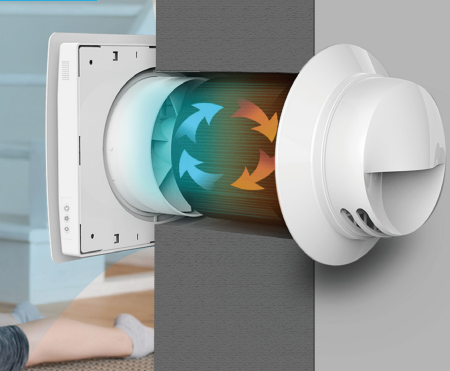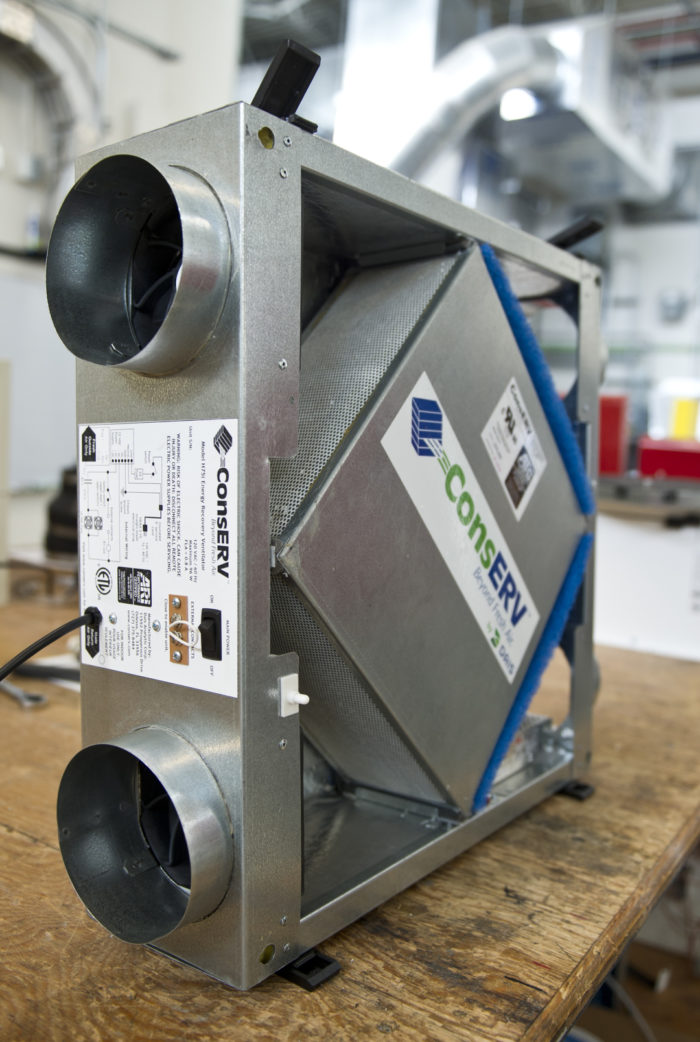The Biggest Questions Homeowners Ask About HRV
Wiki Article
Discovering the Perks of Heat Recovery Ventilation for Energy Effectiveness in Residences
Heat Recovery Ventilation (HRV) systems offer home owners a practical technique to enhancing energy effectiveness. By redeeming heat from outward bound air, these systems can significantly lower cooling and heating prices. Furthermore, they provide a steady supply of fresh air, improving indoor air top quality and comfort degrees. As property owners take into consideration lasting choices, comprehending the subtleties of HRV systems becomes increasingly important. What variables should one assess before making such a financial investment?Understanding Heat Recovery Ventilation Equipments

Just How HRV Boosts Indoor Air Top Quality

Energy Savings: The Monetary Advantages of HRV
Taking full advantage of energy effectiveness, heat recovery ventilation (HRV) systems use considerable economic benefits for home owners. By recuperating and reusing warm from exhaust air, HRVs noticeably minimize home heating and cooling costs. This technology can lead to power savings of up to 30%, relying on environment and use patterns. Homeowners frequently notice lowered energy costs quickly after installation, making HRVs an economically smart financial investment in time. Additionally, many regions provide motivations or discounts for energy-efficient upgrades, better boosting the monetary appeal. As energy costs remain to rise, the cost-effectiveness of HRVs becomes progressively clear. On the whole, the incorporation of HRV systems not just promotes power effectiveness however likewise contributes to long-lasting monetary cost savings for homes.The Environmental Influence of Heat Recovery Ventilation
A significant ecological advantage of heat recovery ventilation (HRV) systems hinges on their ability to decrease general energy consumption. By recovering warmth from exhaust air and moving it to incoming fresh air, HRV systems decrease the demand for energy-intensive heating and cooling methods. This reduction in power need adds to reduce greenhouse gas emissions, as less nonrenewable fuel source official source is called for to preserve comfy indoor temperatures. Furthermore, HRV systems enhance interior air high quality by effectively exchanging stale air with fresh outside air, lowering dependence on mechanical air conditioning systems that can hurt the setting. Generally, the execution of HRV systems supports lasting living practices and aligns with global efforts to fight environment change by promoting power performance in property settings.
Selecting the Right HRV System for Your Home
How can property owners ensure they choose the ideal heat recovery ventilation (HRV) system for their needs? Initially, they ought to analyze their home's size and format, as these aspects affect airflow needs. Next, examining the system's effectiveness ratings is important, as greater ratings indicate much better efficiency and energy savings. Property owners ought to additionally consider setup and upkeep expenses, contrasting various brands and versions for value. Additionally, it is necessary to review sound levels, as some systems operate even more silently than others. Consulting with cooling and heating professionals can supply customized referrals based upon particular home conditions. Analyzing individual evaluations and service warranties can assist in making a notified decision, making certain that the picked HRV system efficiently boosts indoor air high quality and power performance.Frequently Asked Questions

Just how Usually Should I Tidy or Maintain My HRV System?
The frequency of cleansing or keeping a heat recuperation ventilation (HRV) system commonly depends on use and environmental variables. Usually, it is advisable to carry out maintenance every 6 months to assure peak efficiency and air quality.
Can HRV Solutions Aid Reduce Humidity Levels Inside Your Home?
HRV systems can successfully reduce indoor humidity degrees by trading stale, damp air with fresh, drier air from outside. HRV Heat Recovery Ventilation. This procedure helps keep a balanced interior atmosphere, boosting convenience and preventing moisture-related problems
What Is the Lifespan of a Regular HRV System?
The life expectancy of a normal heat recovery ventilation (HRV) system differs, generally lasting in between 10 to 15 years. Routine maintenance can prolong its performance and functional life, ensuring peak efficiency throughout its use duration.Exist Any Type Of Noise Worry About HRV Equipments?
Noise worry about HRV systems can arise, especially from follower operation. Nevertheless, lots of modern-day devices are developed to decrease audio degrees, guaranteeing they run silently while keeping efficiency, which resolves possible disturbances in living settings.Can I Install an HRV System Myself, or Do I Need an Expert?
The individual contemplated whether to mount the heat recovery ventilation (HRV) system directly or moved here work with a professional. Usually, while DIY installment is feasible, knowledge warranties appropriate functionality and compliance with regional building ordinance, enhancing system efficiency.Report this wiki page